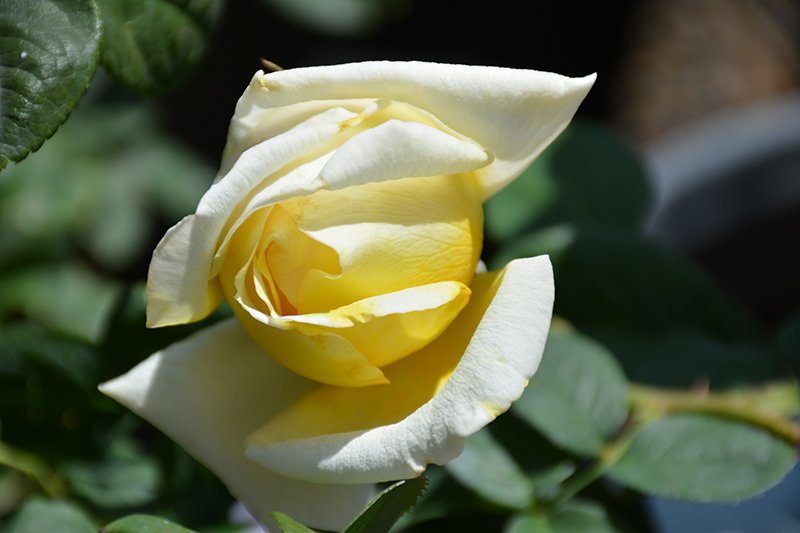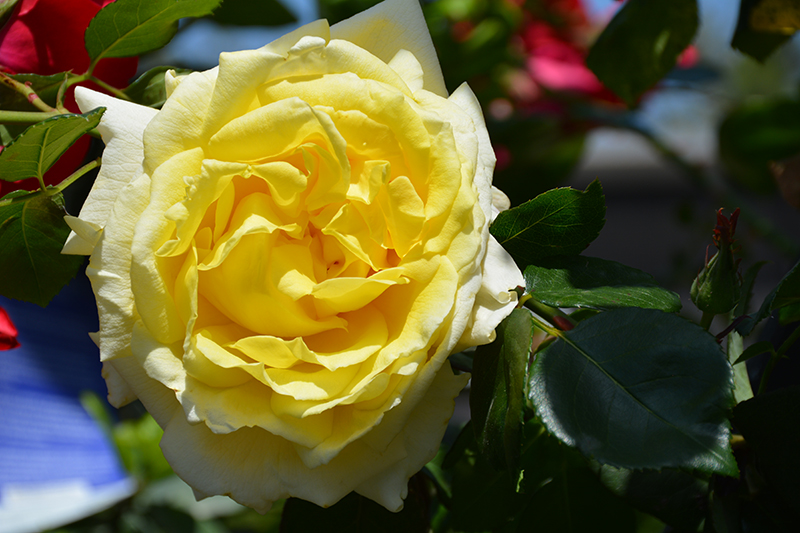Plant Finder
Plant Height: 3 feet
Flower Height: 4 feet
Spread: 3 feet
Sunlight:
![]()
Hardiness Zone: 6b
Group/Class: Hybrid Tea Rose
Description:
A romantic looking variety producing creamy white blooms, washed in yellow throughout the summer months; moderately fragrant with a citrus rose scent; a vigorous plant, but compact in size; excellent for cut flowers
Ornamental Features
Chantilly Cream Rose features showy lightly-scented creamy white flowers with yellow overtones at the ends of the branches from late spring to mid fall. The flowers are excellent for cutting. It has dark green deciduous foliage. The oval compound leaves turn yellow in fall.
Landscape Attributes
Chantilly Cream Rose is a multi-stemmed deciduous shrub with an upright spreading habit of growth. Its average texture blends into the landscape, but can be balanced by one or two finer or coarser trees or shrubs for an effective composition.
This shrub will require occasional maintenance and upkeep, and is best pruned in late winter once the threat of extreme cold has passed. It is a good choice for attracting bees to your yard. It has no significant negative characteristics.
Chantilly Cream Rose is recommended for the following landscape applications;
- Accent
- Mass Planting
- Hedges/Screening
- General Garden Use
Planting & Growing
Chantilly Cream Rose will grow to be about 3 feet tall at maturity extending to 4 feet tall with the flowers, with a spread of 3 feet. It tends to fill out right to the ground and therefore doesn't necessarily require facer plants in front. It grows at a fast rate, and under ideal conditions can be expected to live for approximately 30 years.
This shrub should only be grown in full sunlight. It does best in average to evenly moist conditions, but will not tolerate standing water. To help this plant achive its best flowering performance, periodically apply a flower-boosting fertilizer from early spring through into the active growing season. It is not particular as to soil type or pH. It is highly tolerant of urban pollution and will even thrive in inner city environments. This particular variety is an interspecific hybrid.
A NetPS Plant Finder tool


